Get my newsletter in your inbox. Sign up in Substack
🐝 What is a tea garden?
🌿 10 plants perfect for tea making
☕ Special teas to make with dried or fresh herbs
🖨️ About the downloads I make available to paid subscribers
Introduction: A Short History of Herbal Tea
When I get hold of something, I like to find out as much as I can comfortably handle. Something got me started on looking up the history of the use of herbs. Took me a while to get this section written up since I was reading all sorts of articles along the way. But I love the idea of all those mysterious herbal tea makers who came before me.
Some of the earliest written documents contained information about herbal remedies, and the use of herbs for medical treatment was first recorded on papyrus scrolls in ancient Egypt.
Ancient China is well known for its traditional medicines many of which were herbal tisanes used to promote health and balance in the body.
The Greeks and Romans embraced the use of herbs not only for their medicinal properties but also for the pleasure of drinking flavourful infusions.
Herbal infusions continued to play a crucial role in Medieval Europe, where monasteries became centres for the cultivation of herbs and the creation of herbal remedies.
One of my favourite book series has a murder mystery novel about monasteries, pharmacopeia, crumbling estates and murder of course. The book is The Monks Hood Murders: A 1920’s Murder Mystery in the Yorkshire Dales (Heathcliff Lennox Book 5)
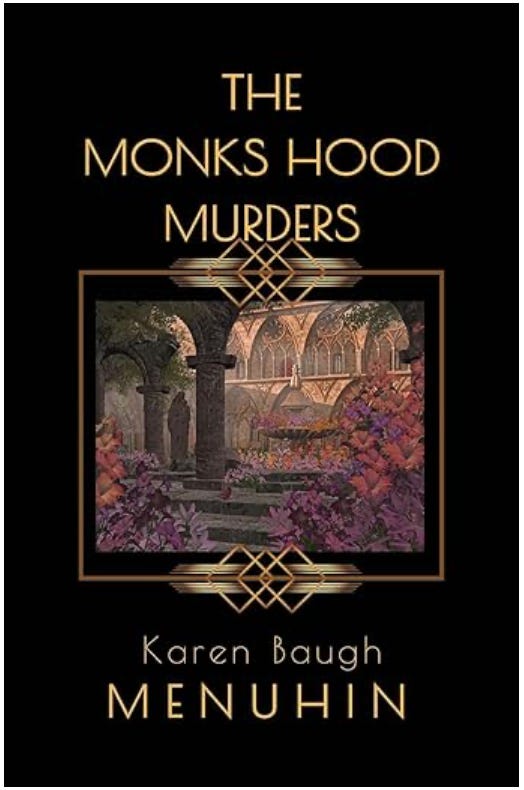
With the Renaissance came a renewed interest in classical knowledge, including herbal medicine. Herbalists and botanists like John Gerard (not to be confused with the John Gerard who was captured and tortured for treason against Protestant England) and Nicholas Culpeper documented the uses of herbs, further popularising herbal infusions.
You must read about Nicholas Culpepper. Researching for this post I just had to read his whole biography in Wikipedia and these bits stuck out.
”Culpeper attempted to make medical treatments more accessible to lay persons by educating them about maintaining their health. Ultimately his ambition was to reform the system of medicine by questioning traditional methods and knowledge and exploring new solutions for ill health. The systematisation of the use of herbals by Culpeper was a key development in the evolution of modern pharmaceuticals, most of which originally had herbal origins”.
He also seems to have had a sense of humour since he wrote this in one of his books about less scrupulous types.
"This not being pleasing, and less profitable to me, I consulted with my two brothers, Dr. Reason and Dr. Experience, and took a voyage to visit my mother Nature, by whose advice, together with the help of Dr. Diligence, I at last obtained my desire; and, being warned by Mr. Honesty, a stranger in our days, to publish it to the world, I have done it."[3]
European settlers brought their herbal knowledge to the American colonies, where indigenous plants were integrated into traditional herbal practices. Native American communities also had their own herbal traditions, contributing to the diversity of herbal infusions.
As the scientific understanding of pharmaceuticals advanced in the 19th Century herbal medicines were being pushed into the background and considered unscientific . They were described as home remedies or folk medicine.
In the 20th Century herbal infusions experienced a resurgence fuelled by growing interest in natural remedies and holistic health. Traditional herbal knowledge blended with modern scientific research tho validate the medicinal properties of various herbs.
Today herbal infusions continue to be enjoyed worldwide for their diverse flavours and potential health benefits. Many people appreciate them as caffeine-free alternatives to traditional tea and coffee, and herbal blends are often marketed for their calming, energising and immune-boosting properties.
🐝 What is a Tea Garden?
A tea garden is planted with herbs and flowers that are suitable for using in herbal infusions. There is nothing more satisfying than walking out into your garden and picking leaves or petals to make your own tea. Over the years I’ve had several tea gardens both in pots and in a bed and it’s time for me to make another one. Now I’m a bit older there is a kind of love hate relationship with garden building. I so want to have the garden but I have to push myself a fair bit to get out there and work on it.
This is my second attempt at a garden at this place. It’s smaller this time so fingers crossed I can look after it. Here are some guidelines for getting started with your own tea garden.
Most herbs like to be well drained so you are looking for a flat or gently sloping part of your yard that is in full sun for most of the day. I live in a very hot region so my garden will need some shade in the morning and afternoon. I have put the garden bed between the house and back fence. The house provides shade in the morning and the fence provides shade in the afternoon. It is also far enough from the side fence so the winter sun can easily reach it.
This is not the first herb bed I have tried to plant. I didn’t realise how much the neighbour’s shed blocked the lower winter sun so my bed was always damp and cold in winter and in nearly full sun in summer instead of being protected by the house. You can see my new bed is that square in the middle of the yard. It has been there several months and already I have weeds around it.
I’ve been writing this post for a couple of weeks so I’ve made some progress with my garden. I’ve emptied 6 bags of soil into the bed. I have to carry them from the front of the house. There are 7 more and it looks like I will need more. Probably another 6 bags of compost this time.
If you don’t have much yard you can easily grow herbs in pots on a balcony or sunny path area. For some reason I haven’t had much luck with anything in pots so I’m hoping this garden bed works out better than the first one.
I’ve spent a few hours drinking tea and reading my tea books. I have several because tea of all kinds has interested me for a while. Looking at the books is much more fun than working out in the hot yard. I know I’m procrastinating but I just keep telling myself that research is legitimate.
There are lots of great ideas on Pinterest. I have put together some in this board.
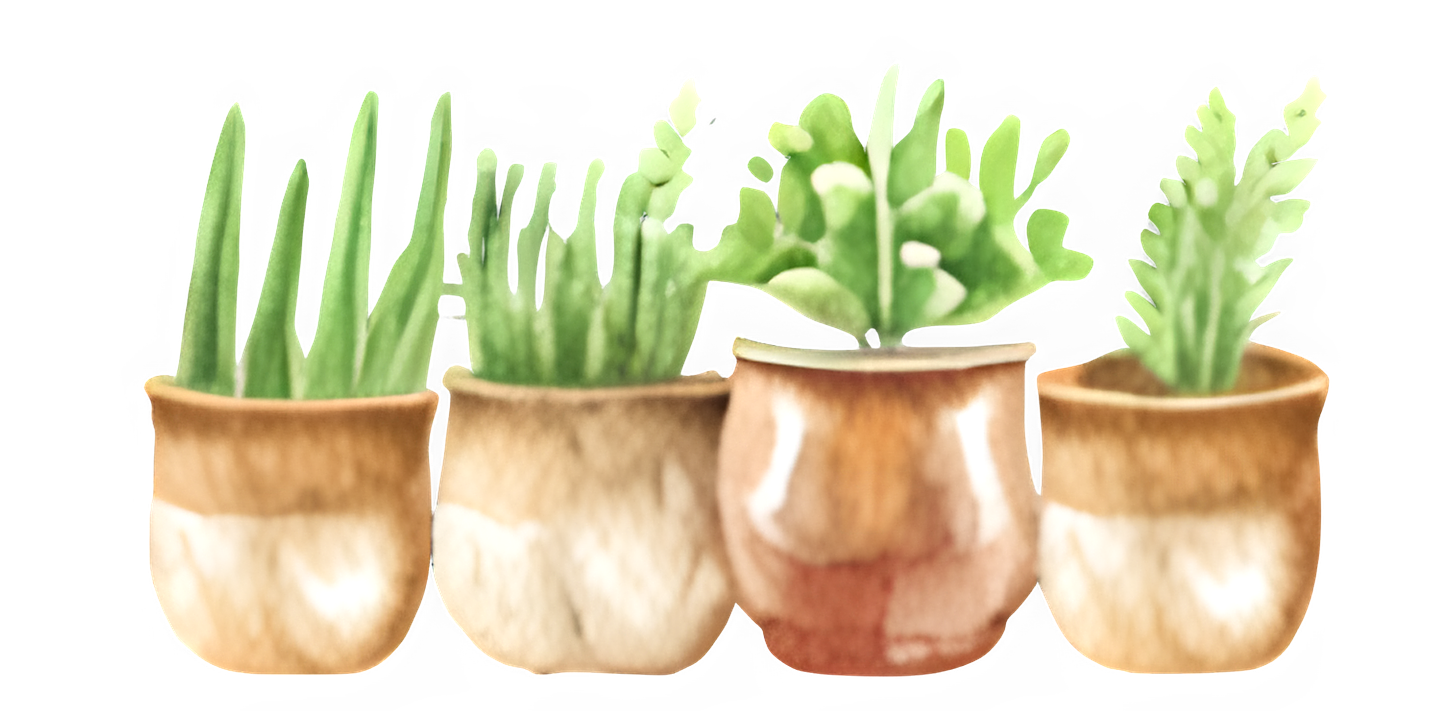
🌿 10 Plants Perfect for Tea making
I specifically wanted herbs to grow in Queensland but you can grow most of these anywhere in the world. The one plant that will be a challenge for me is chamomile but I’m determined to give it another go.
This next bit is a list that I asked ChatGPT to make for me. I’ve found AI very useful for the types of things I like to research like this herb list. I’ve also asked it to make me a tour itinerary for my trip to the Blue Mountains. I was gob smacked! Saved me heaps of time and searching. The trip is in March so I will write about that later.
The following is a list of herbs that can be grown in the southern hemisphere to create a delightful and aromatic tea garden:
1. Lemon Balm (Melissa officinalis): Lemon balm is known for its lemony fragrance and calming properties. It grows well in mild to warm climates and can be used to make a refreshing tea.
2. Peppermint (Mentha × piperita): Peppermint is a hardy herb that is easy to grow. It has a strong menthol flavor and is great for making invigorating tea.
3. Lavender (Lavandula spp.): Lavender is not only visually appealing but also adds a unique floral aroma to tea. Choose a variety that is well-suited to your local climate.
4. Chamomile (Matricaria chamomilla): Chamomile is a classic herb known for its calming properties. It prefers a sunny location and well-drained soil.
5. Rosemary (Rosmarinus officinalis): Rosemary has a robust flavor and aroma. It is a versatile herb that can be used in various tea blends and prefers a sunny, well-drained spot.
6. Lemon Verbena (Aloysia citrodora): Lemon verbena offers a strong lemon scent and is popular for making aromatic teas. It requires a warm and sunny location.
7. Ginger (Zingiber officinale): While ginger is typically associated with tropical climates, it can also be grown in subtropical regions. It adds warmth and spiciness to tea.
8. Spearmint (Mentha spicata): Similar to peppermint, spearmint is a flavorful herb that is often used in teas. It grows well in a variety of climates.
9. Thyme (Thymus spp.): Thyme varieties like lemon thyme or orange thyme can be used to add unique flavors to your tea. Thyme prefers well-drained soil and plenty of sunlight.
10. Lemon Myrtle (Backhousia citriodora): Native to Australia, lemon myrtle has a strong lemon flavor and is commonly used in herbal teas. It thrives in subtropical and tropical climates.
☕ Some Special Tea Recipes to Suit any Mood
Of course when I make a herbal infusion I just pick some rosemary or lemon balm and a few mint leaves and pour boiling water over the leaves. Little did I know there were base plants then feature plants then accent plants used to build a good tea. Then you can have citrusy flavours, minty flavours, floral flavours and warm spiced flavours.
I can see myself starting a new hobby of making herbal tea mixes. I’ve already looked up a few places where I can buy dried herbs and flowers and spices. So now I have a garden to create and a collection of dried herbs to buy. This is just typical of how I think and act. I start off with a simple plan - plant a few herbs - and now I have the beginnings of a whole cottage industry!
I asked ChatGPT to come up with some tea recipes so I can claim them as mine.
Chamomile Lavender Calm Infusion
2 teaspoons of dried chamomile flowers
1/2 teaspoon of dried lavender buds or 1 teaspoon of fresh buds
1/2 teaspoon of dried lemon balm leaves or several fresh leaves.
Use a small teapot with a strainer or a cup with a strainer. Pour boiling water over the herbs and let sit for about 5 mins.
This tea is mild and fragrant. I really like lavender in tea. It may be a bit strong for some people.
Citrus Mint Energising Tea
2 teaspoons or dried peppermint leaves or a few fresh leaves
2 teaspoons of dried lemongrass or an inch of fresh lemongrass white base
1 teaspoon of dried rose petals or several fresh petals
1 teaspoon of dried chamomile flowers
1 teaspoon of dried orange peel
lemon slice for garnish
This tea is really mellow. I can’t be sure but I think the orange makes it really smooth. The peppermint is still the hero but it’s nice and smooth.
🖨️ Creating things for paid subscribers
When I write I also have to create digital and physical things. I offer all my artistic notes and patterns as downloads to paid subscribers. Here’s what I have been creating lately.
I’ve made a convenient printable list of the plants so I can keep it on my desk. I won’t be buying plants for about 6 weeks yet.
I’ve made recipe pages for the teas that I will keep in my tea cupboard. I intend to print them out in colour in A5 size and laminate them. At present they are just in my folder as black and white A4.
I love cute sayings so I’ve made an A5 wall art piece with “It’s tea time” on it.
I know there are lots of older people out there doing all sorts of wonderful things. I want to make sure everyone knows that older people have a lot of living to do and we don’t just sit around and sleep. That’s why I started this newsletter.
In next weeks newsletter you will discover…
🧠 That life is about thriving and requires mental and physical effort.
❎ That life is made up of crossroad decisions that take effort.
🎉 That life can surprise us when we least expect it.
and I create a new digital planner.
Here’s to taking care of ourselves,
Val
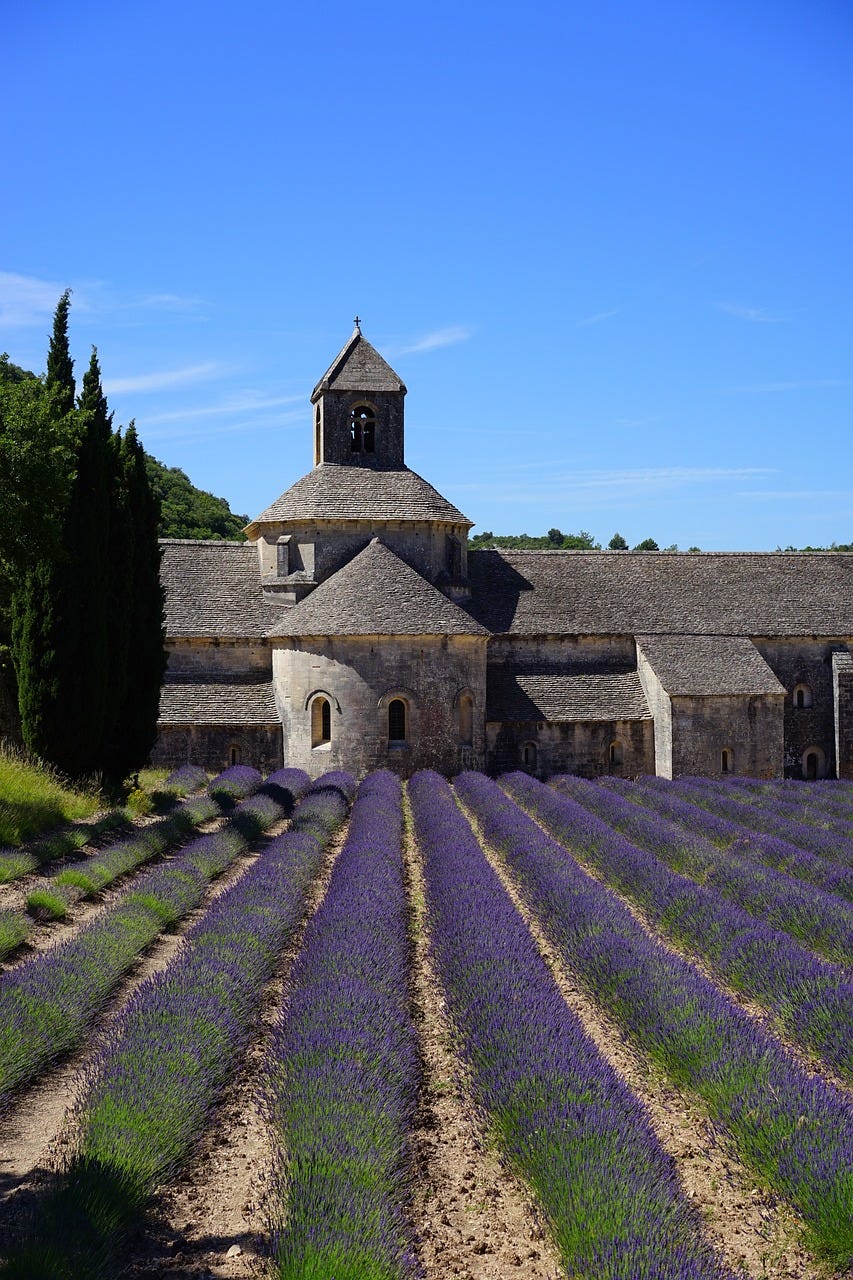
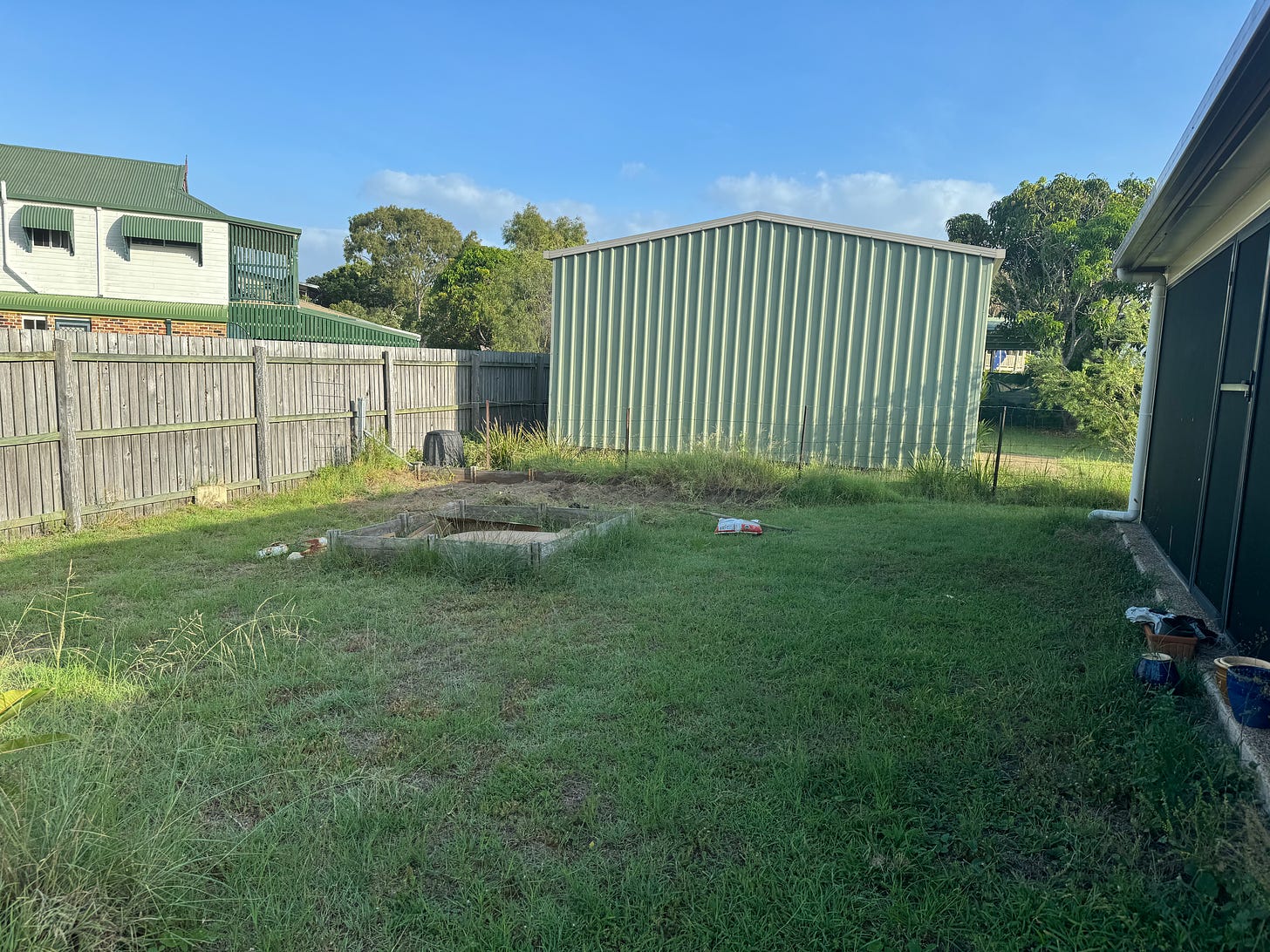
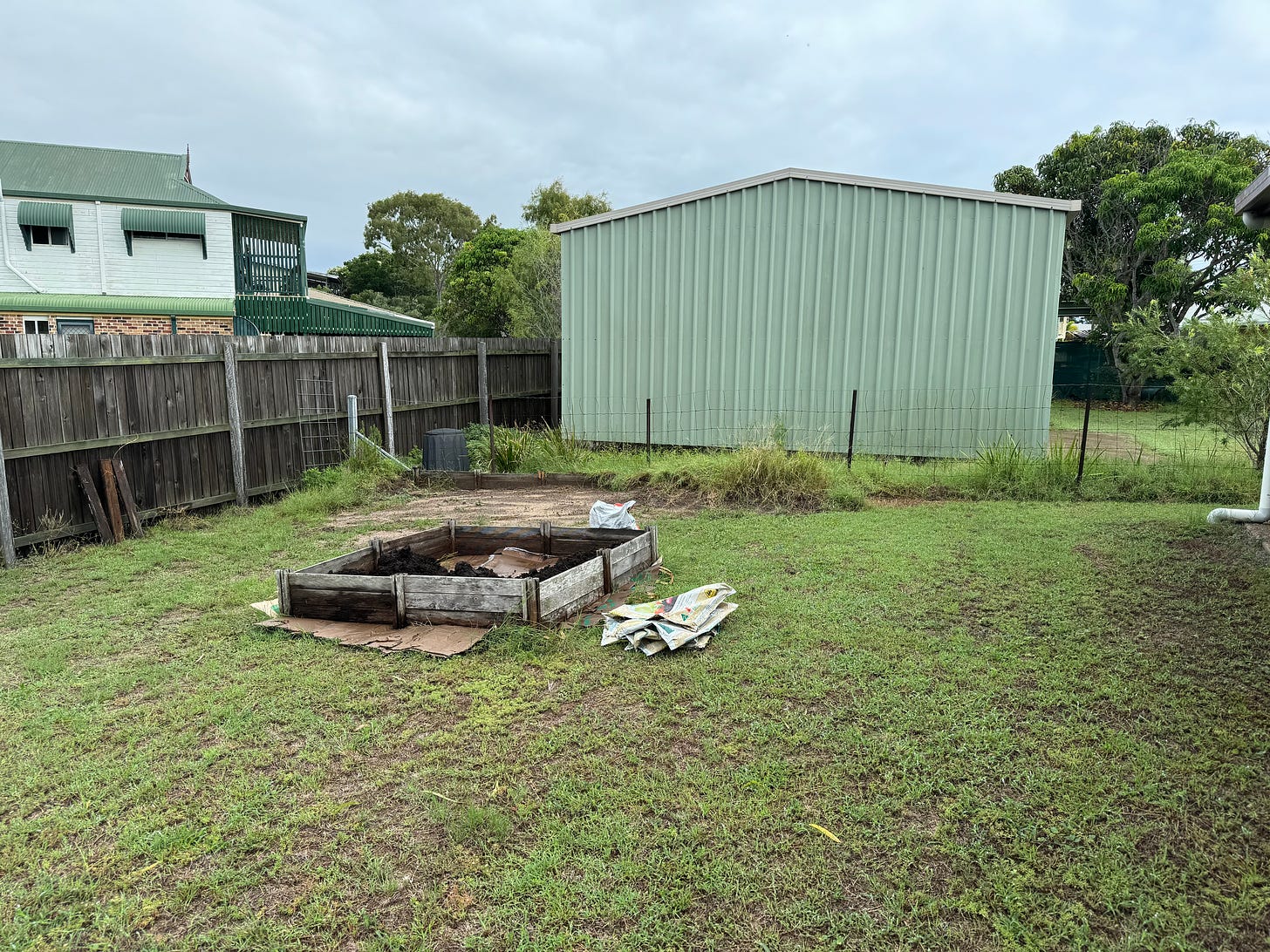
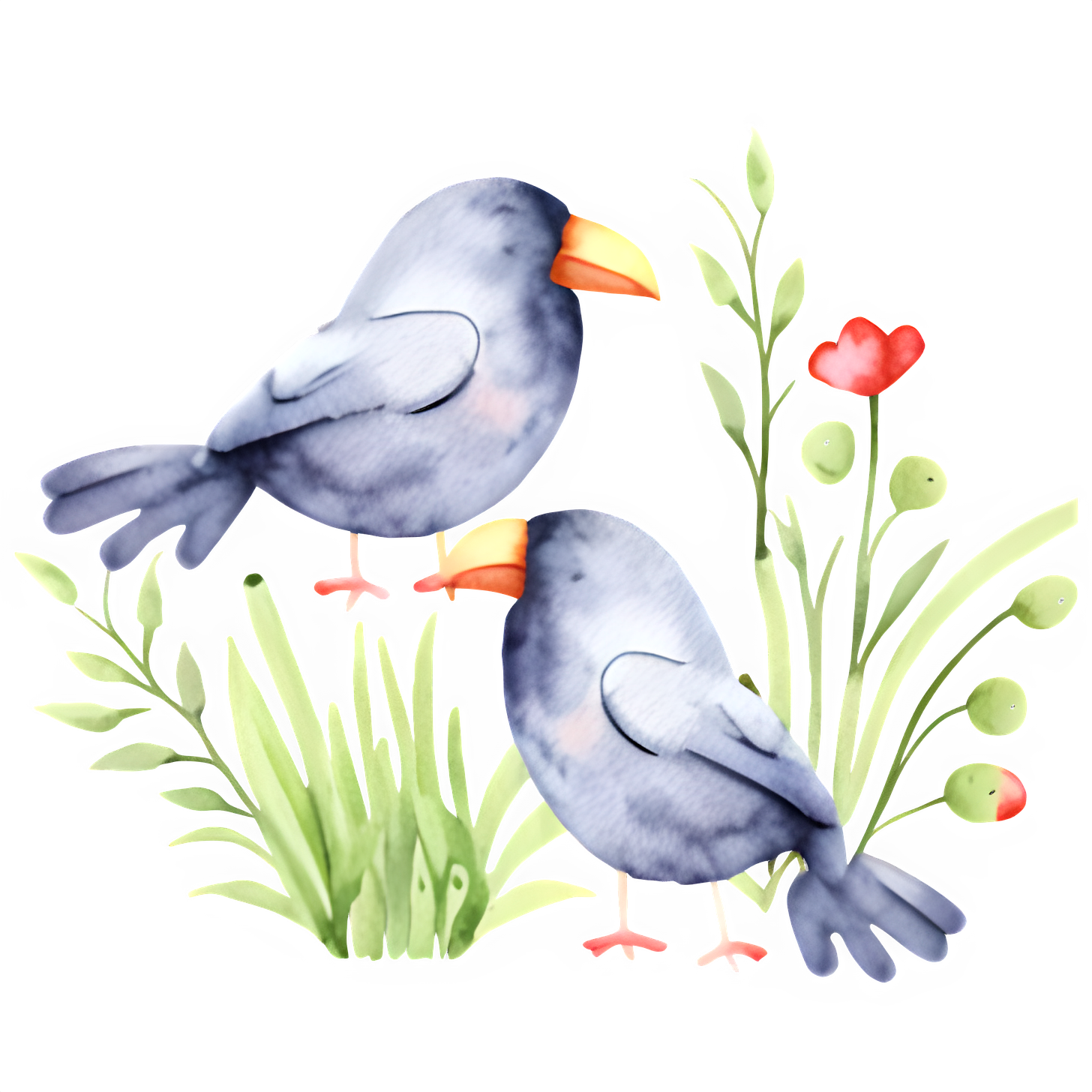
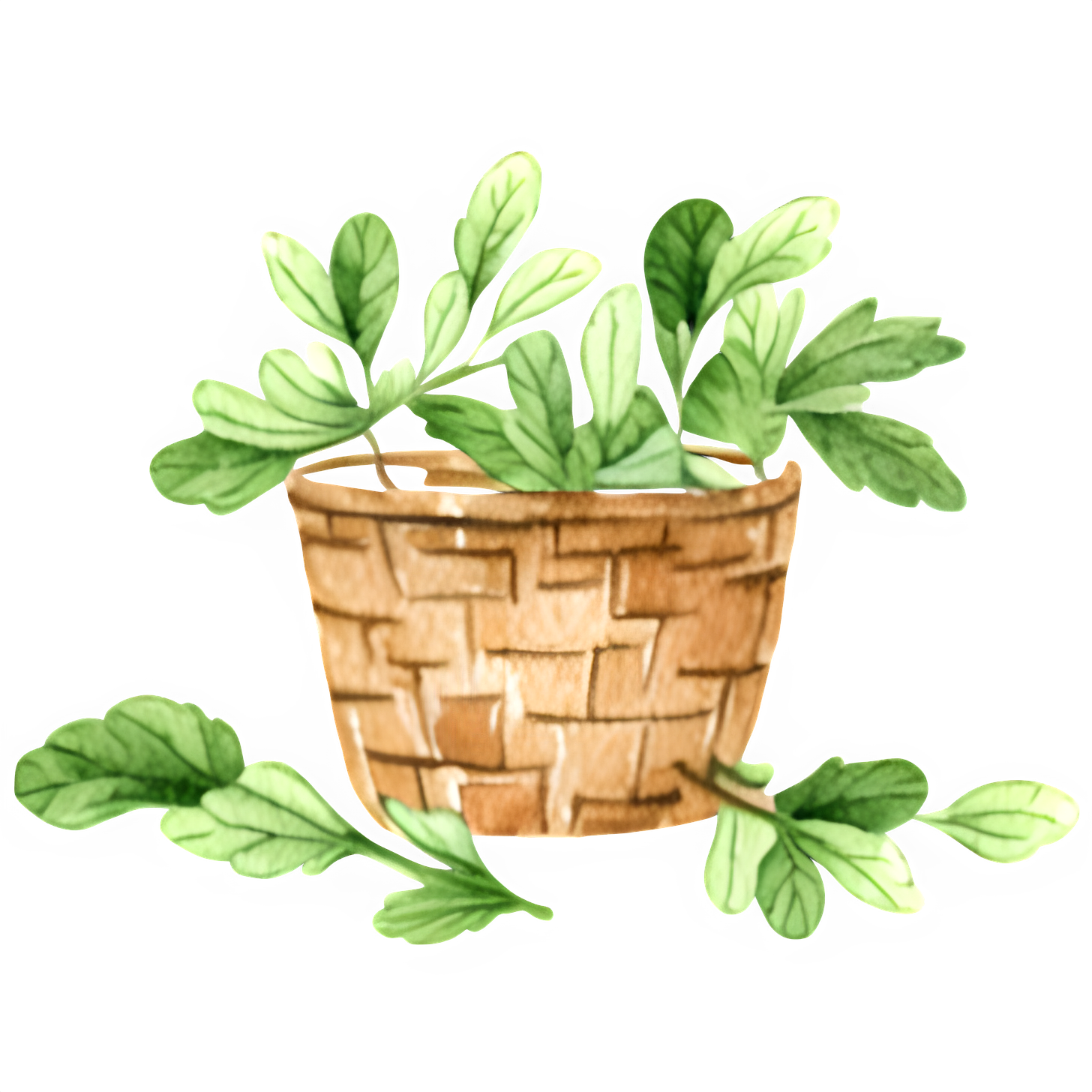
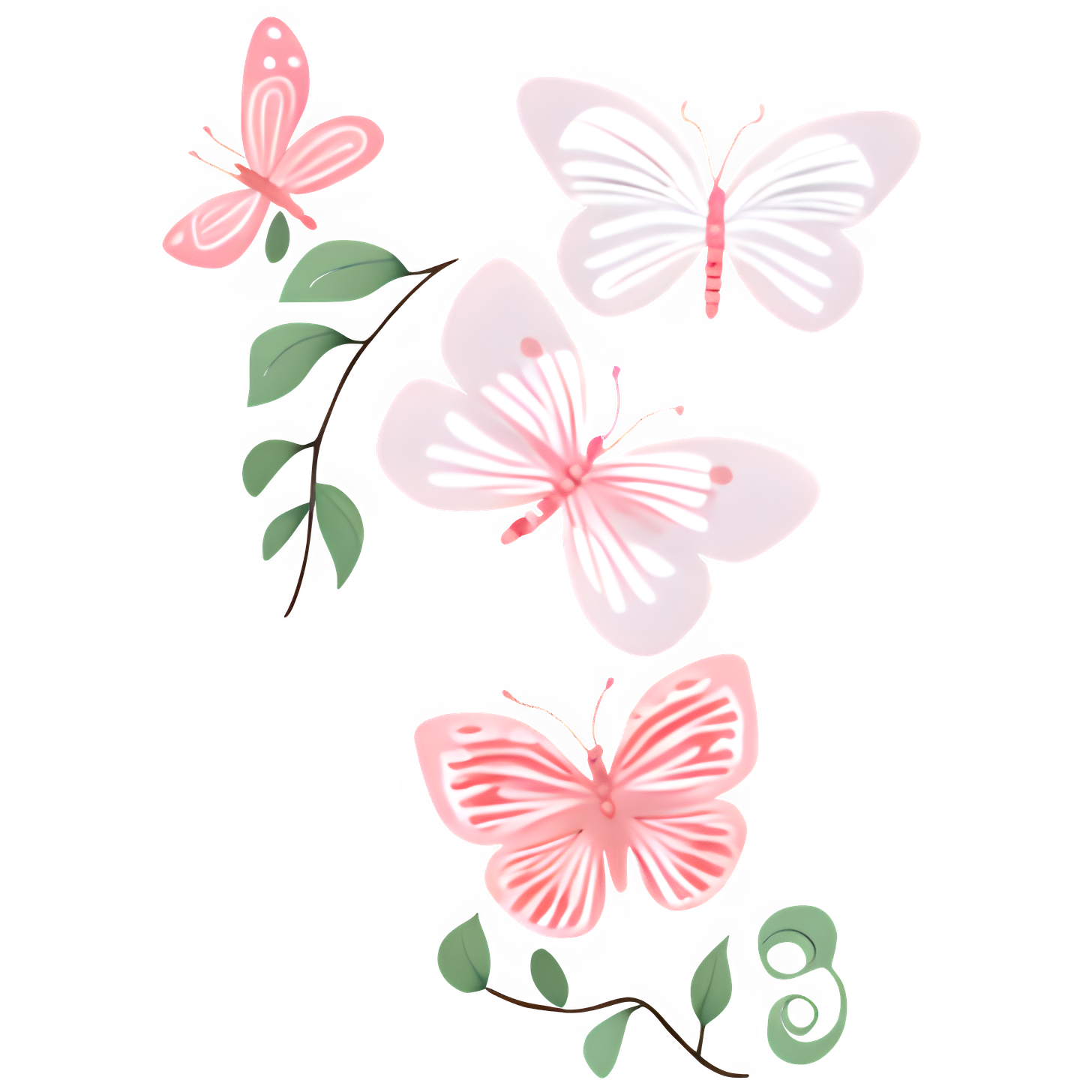
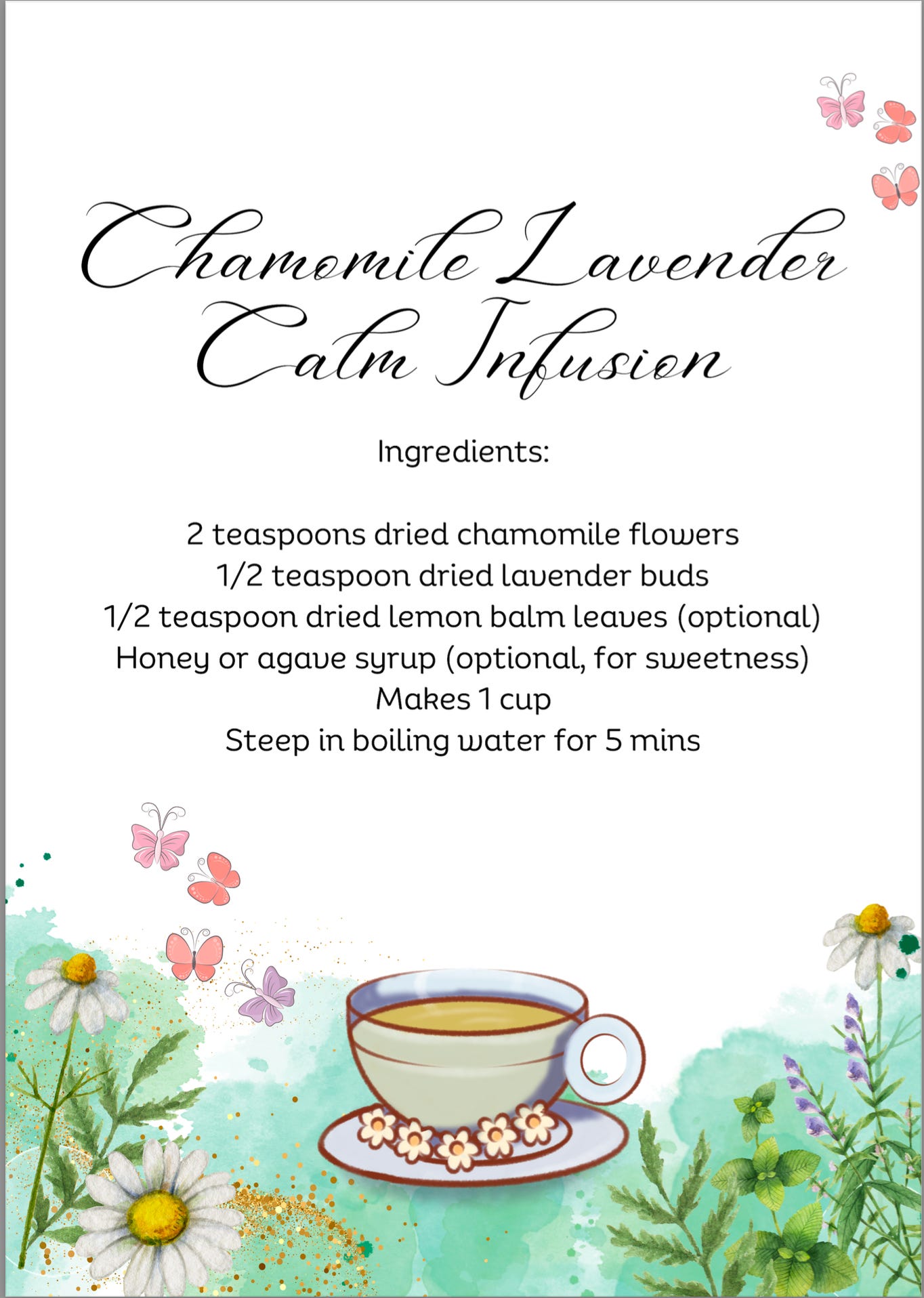
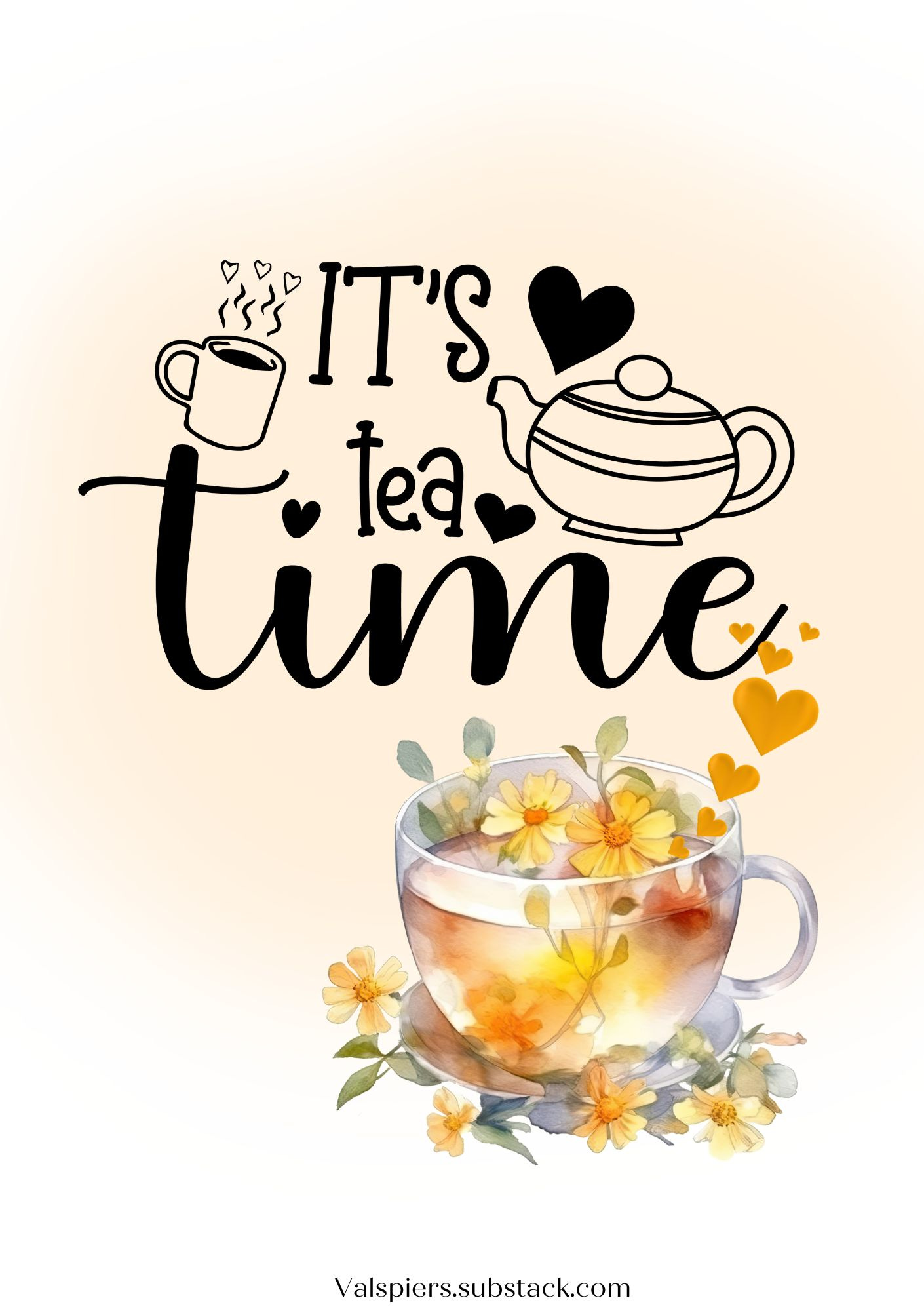
No comments:
Post a Comment
Note: Only a member of this blog may post a comment.